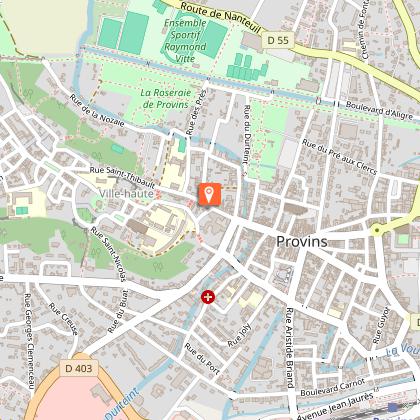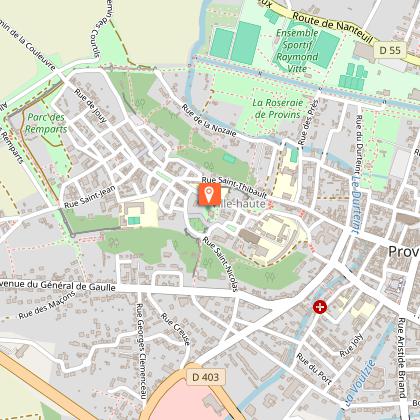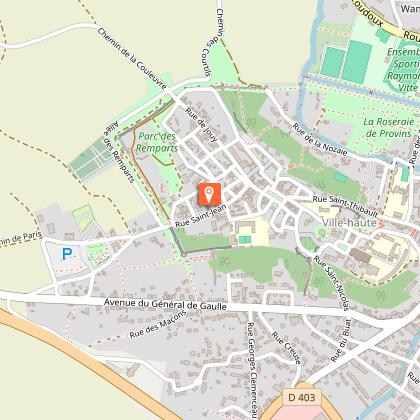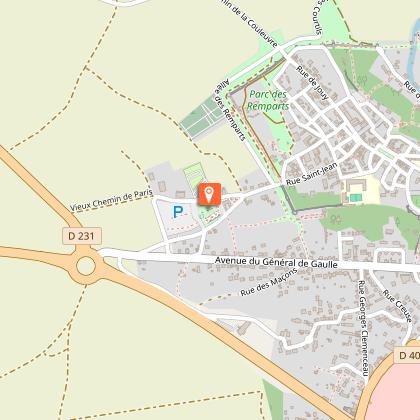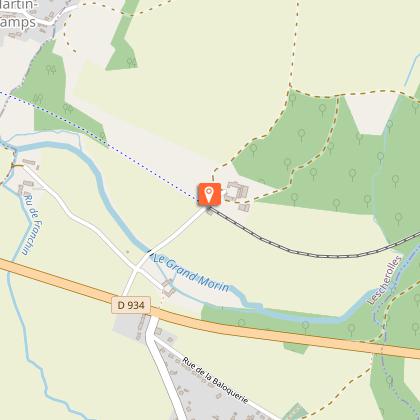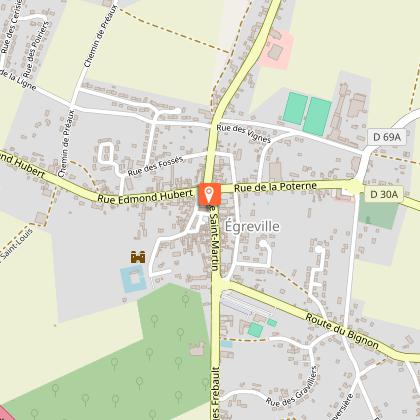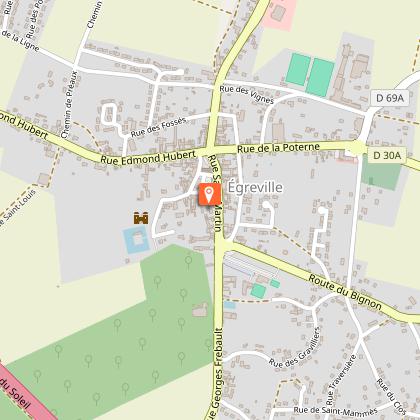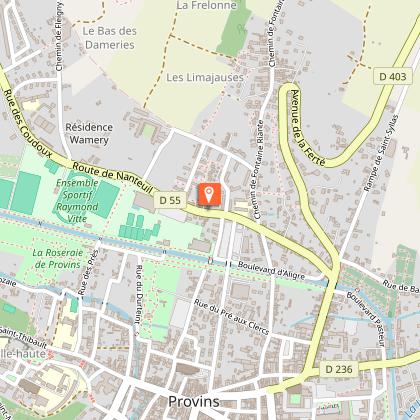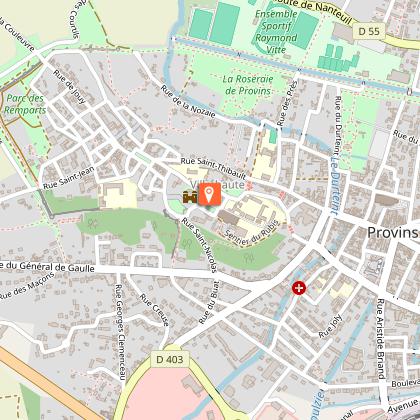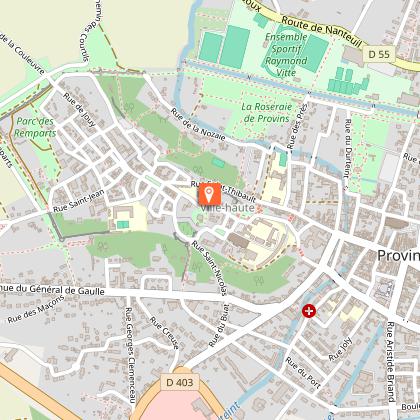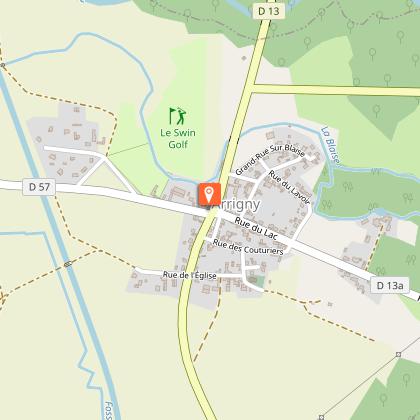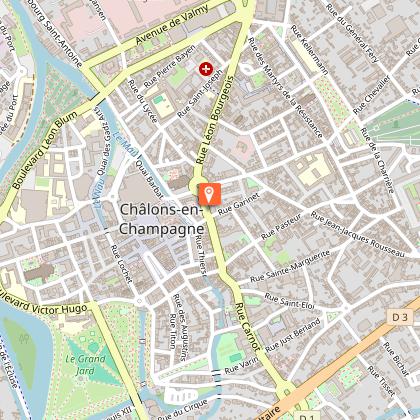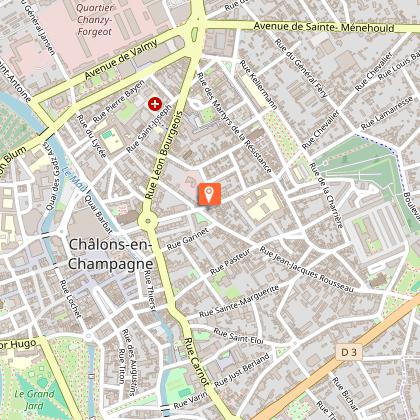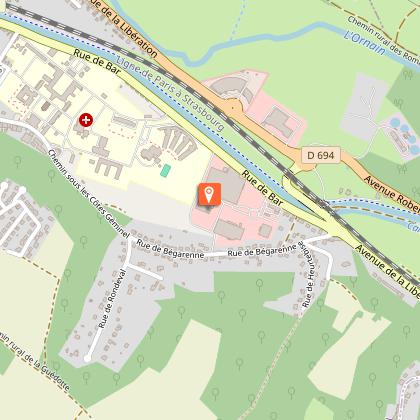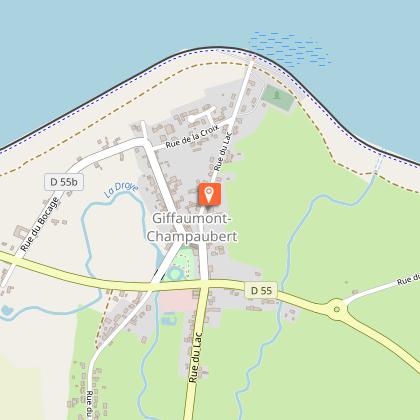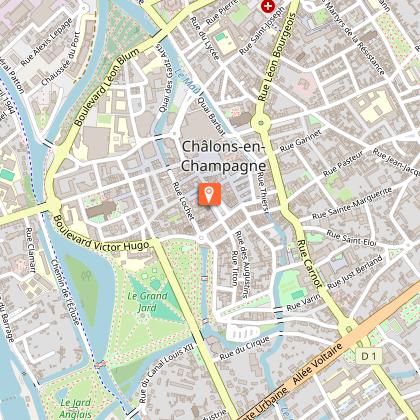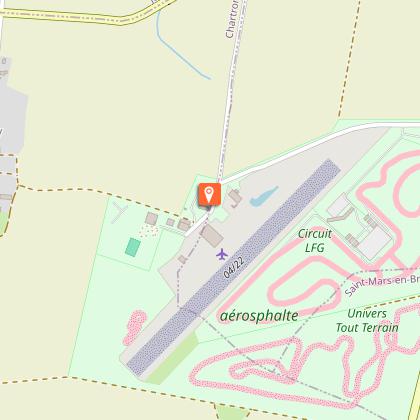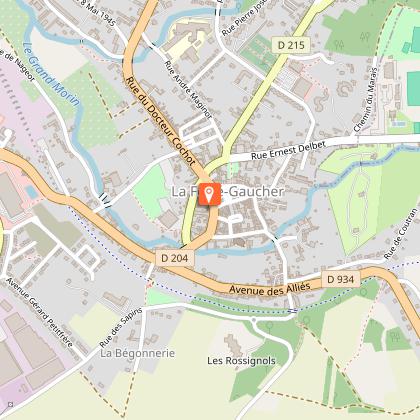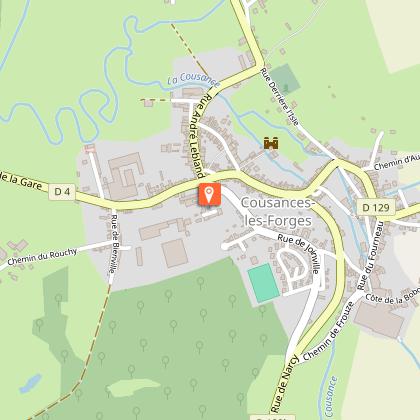Tours
Activities
Places of interest
Where to eat
Where to sleep
Discover Troyes with Contact Hotels
Are you the owner?Nestled in the heart of Champagne-Ardenne, Troyes is a city brimming with charm and history that beckons you to explore its many treasures. Begin with a stroll through the historic center, where you'll find colorful half-timbered houses and cobbled streets. Visit the magnificent Saint-Pierre-et-Saint-Paul Cathedral or meander through one of the many museums, such as the Museum of Modern Art or the...See more
Walking around CONTACT HOTELS
See more suggestionsWalks and hikes around CONTACT HOTELS.
See more suggestionsWhat to do in CONTACT HOTELS
See more suggestionsPlan your leisure time in CONTACT HOTELS by booking activities that suit your preferences.
See more suggestionsIGN cards

2817SB - TROYES LUSIGNY-SUR-BARSE
Editor : IGN
Collection : TOP 25 ET SÉRIE BLEUE
Scale : 1:25 000
13.90€
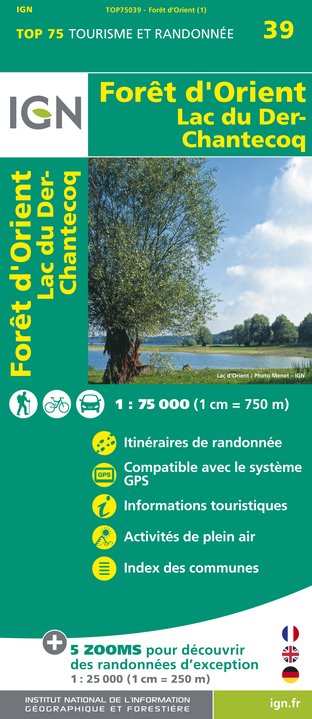
TOP75039 - FORÊT D'ORIENT LAC DU DER-CHANTECOQ
Editor : IGN
Collection : TOP 75
Scale : 1:75 000
9.80€
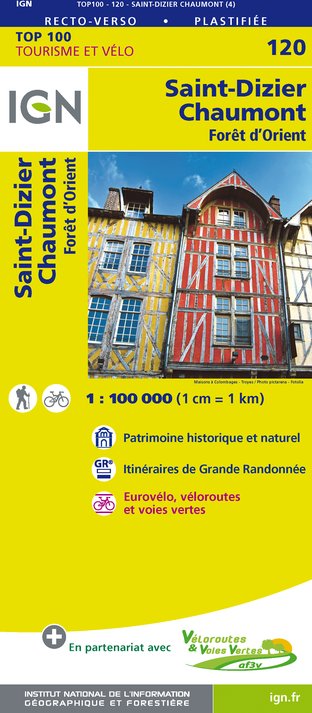
120 SAINT-DIZIER CHAUMONT PNR DE LA FORÊT D'ORIENT
Editor : IGN
Collection : TOP 100
Scale : 1:100 000
8.40€
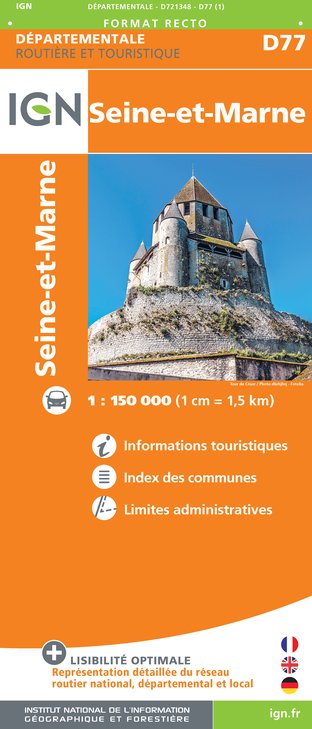
D77 SEINE-ET-MARNE
Editor : IGN
Collection : CARTES DÉPARTEMENTALES IGN
Scale : 1:150 000
5.90€

D58-D89 NIÈVRE YONNE
Editor : IGN
Collection : CARTES DÉPARTEMENTALES IGN
Scale : 1:150 000
5.90€
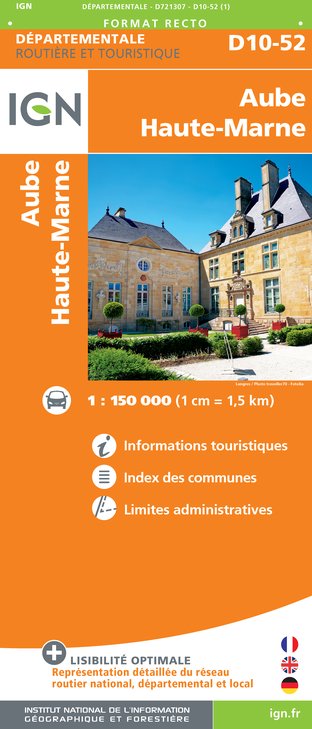
D10-52 AUBE HAUTE-MARNE
Editor : IGN
Collection : CARTES DÉPARTEMENTALES IGN
Scale : 1:150 000
5.90€
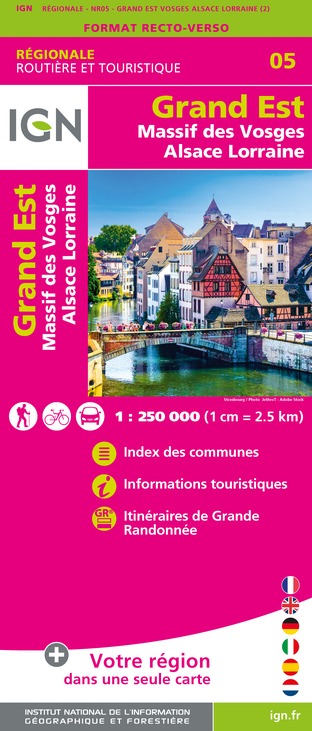
NR05 GRAND EST RECTO/VERSO MASSIF DES VOSGES ALSACE LORRAINE
Editor : IGN
Collection : CARTES RÉGIONALES IGN
Scale : 1:250 000
6.80€

NR04 - GRAND EST RECTO/VERSO ARDENNE CHAMPAGNE
Editor : IGN
Collection : CARTES RÉGIONALES IGN
Scale : 1:250 000
6.80€

NR03 ÍLE DE FRANCE
Editor : IGN
Collection : CARTES RÉGIONALES IGN
Scale : 1:250 000
6.80€
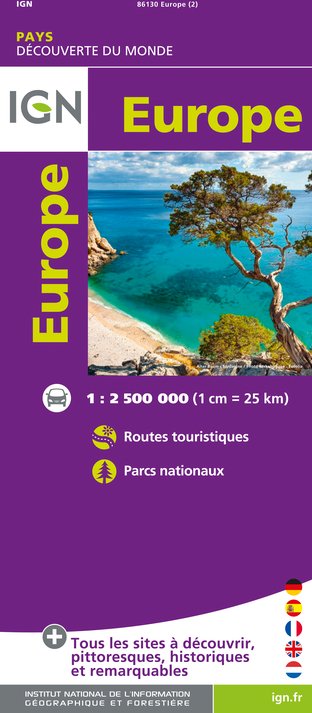
EUROPE
Editor : IGN
Collection : DÉCOUVERTE DES PAYS DU MONDE IGN
Scale : 1:2 500 000
7.00€
What to visit in CONTACT HOTELS
See more suggestionsLearn the history of CONTACT HOTELS through its museums.
See more suggestionsWhere to eat in CONTACT HOTELS
See more suggestionsDiscover the local flavors of CONTACT HOTELS.
See more suggestionsWhere to sleep in CONTACT HOTELS
See more suggestionsExplore lodging possibilities in CONTACT HOTELS.
See more suggestions










